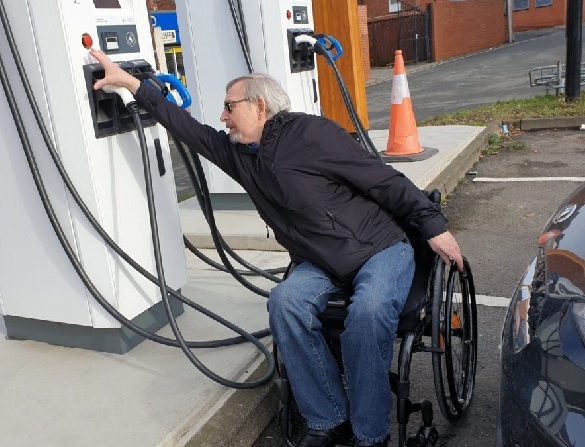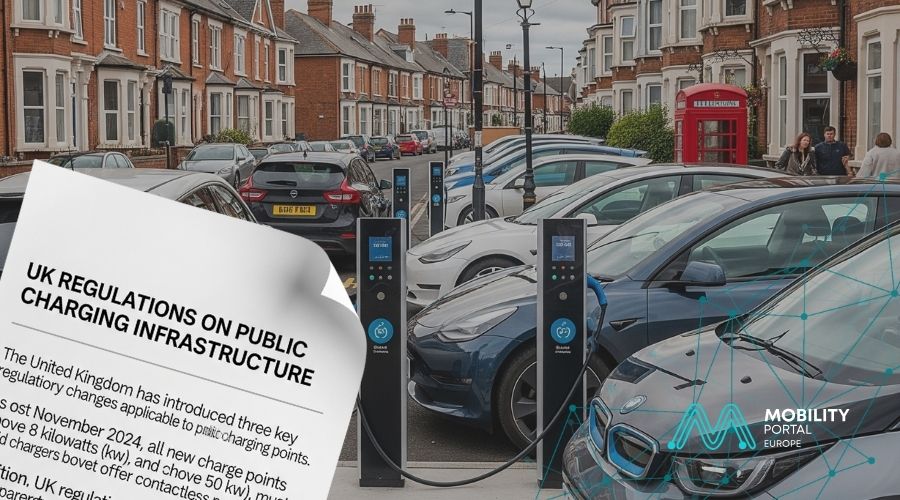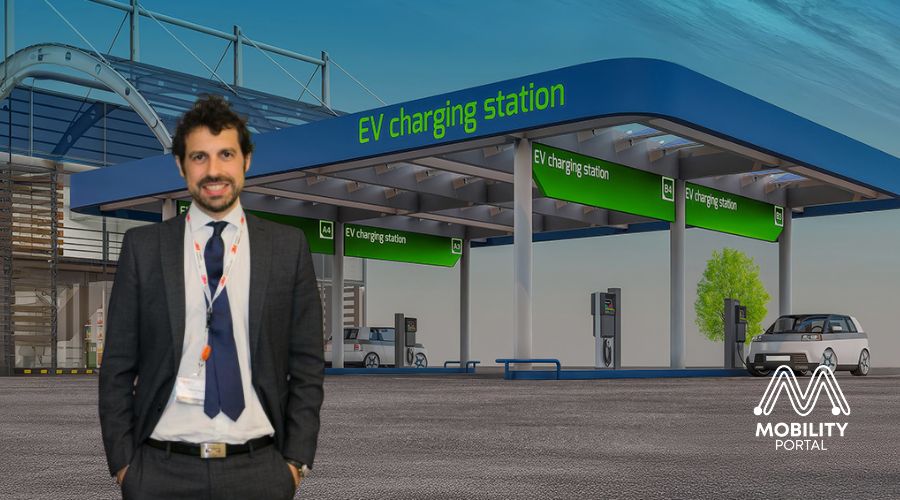In recent years, the UK Government has introduced a series of regulations on public charging infrastructure, aiming to accelerate the transition to electromobility.

Victoria Edmonds, Chief Executive Officer at EVA England, welcomes the measures but warns that “they take too long to implement.”
“Legislative powers were granted back in 2018, but it was only between 2023 and 2024 that the resulting regulations began to be applied,” she explains during a webinar organised by Paythru, company specialising in payment solutions.
She adds: “After that, there’s a long process for the industry to comply and for the Government to monitor enforcement. That could take years.”
As an example, she points to the Electric Vehicles (EVs) Act, which provides powers to regulate roaming, pricing transparency and more. Yet, it took six years from the law’s approval to the enforcement of those regulations.
“The regulatory framework is not keeping pace with the push to get people buying EVs. The industry needs to speed up so users can start to see the benefits,” she insists.
“In the meantime, those of us already using electric cars are trying to convince others it’s a good choice — and it is, especially if you’ve got off-street parking. But for people relying on public charging, the situation is confusing,” she adds.
What are the keys to accelerating implementation?
With experience in the public sector, Edmonds believes the solution lies in directly engaging key decision-makers.
“We need to focus on the Office for Zero Emission Vehicles (OZEV) and the civil servants working on these issues, because that’s where the ideas and relationships are,” she explains.
She also emphasises the need to involve ministers, advisors and Members of Parliament (MPs): “The more MPs and members of the House of Lords who support these initiatives, the more pressure ministers come under.”
On another front, Edmonds highlights the role of the private sector: “Companies genuinely want to hear from drivers. It’s important that the consumer voice reaches those who design the products and make the decisions.”
Charging point regulations in the UK
The United Kingdom has introduced three key regulatory changes applicable to public charging points.
As of November 2024, all new charge points above eight kilowatts (kW), and all new rapid chargers above 50 kW, must offer contactless payment.

In addition, UK regulations require pricing transparency: all charging stations must display the cost in pence per kWh, and the price must remain fixed once charging has started.
Lastly, in terms of reliability, rapid chargers will be required to maintain 99% availability, with data from 2025 to be submitted by 14 January 2026.
The first results are expected to be available by late 2026 or during 2027.
During the webinar, Matt Adams, Head of Transport and Innovation at the Renewable Energy Association (REA), also revealed that a roaming requirement will be introduced, obliging operators to work with at least one external roaming service provider.
Lack of accessibility in charge points: “There is no political will”
EVA England is actively involved in working groups to help define the PAS 1899 standard, developed in collaboration with the Motability Foundation. This document sets minimum accessibility criteria for charge points.
“The standard has already been reviewed and strikes a good balance between user and industry needs, but the Government has yet to publish it. We’re waiting for it to go out to consultation and then be implemented… although only on a voluntary basis,” Edmonds says.
She adds: “This is the area where we’ve not yet gained enough traction within Government. And when it comes to things like the height of payment terminals, the State lacks the direct authority to regulate.”

EVA England is pushing for urgent regulation on the issue, arguing that factors such as reader height, screen legibility, and accessibility for people with visual or cognitive impairments are essential.
However, Edmonds insists: “There is still not enough political will.”
On this matter, Matt Adams explains that the Government claims it has not received sufficient feedback from charge point manufacturers to understand how quickly they could adapt their designs to meet these requirements.
“It would be extremely helpful for manufacturers to share their feedback, providing evidence of how these requirements would impact their operations — and how soon they could implement them,” he concludes.
DISCOVER MOBILITY PORTAL DATA
Explore Mobility Portal Data, a new exclusive market intelligence platform offering reliable data and key reports to support smart decision-making across the entire automotive sector — covering both combustion and electric vehicles as well as charging infrastructure.
Research, trend analysis, and well-structured statistics are presented with clarity and precision, along with up-to-date insights, all just a click away.
With Mobility Portal Data, the best decisions are just around the corner.
READ MORE
-
Strategy for CPOs: how to take EV driver charging experience to the next level
As EV sales rise and public networks grow, the charging experience becomes key. Like petrol stations, EV hubs add services to boost value — that’s why leading OEMs and CPOs partner with 3M.
-
BEVs in the UK hit record monthly high with 72,779 units sold in September
September was the first month in which manufacturer discounts, an expanding range of models, and the introduction of the UK’s Electric Vehicle Grant significantly boosted registrations of BEVs.
-
Electrificación de flotas y rentabilidad: conoce a los protagonistas del nuevo debate eMobility
Bajo registro gratuito, el 15 de octubre (15 h, Madrid) Mobility Portal España reúne a referentes para optimizar TCO y recarga inteligente en flotas a gran escala, con estrategias y casos reales.











